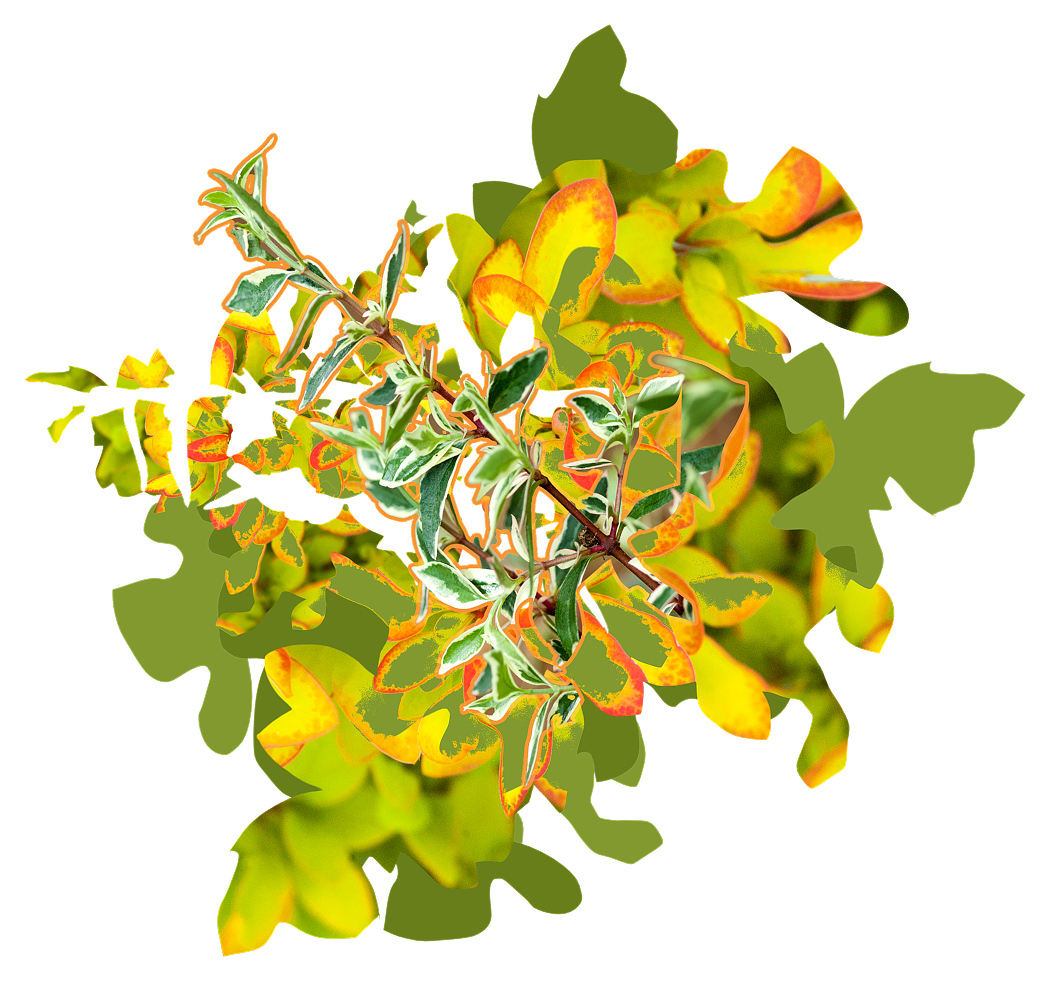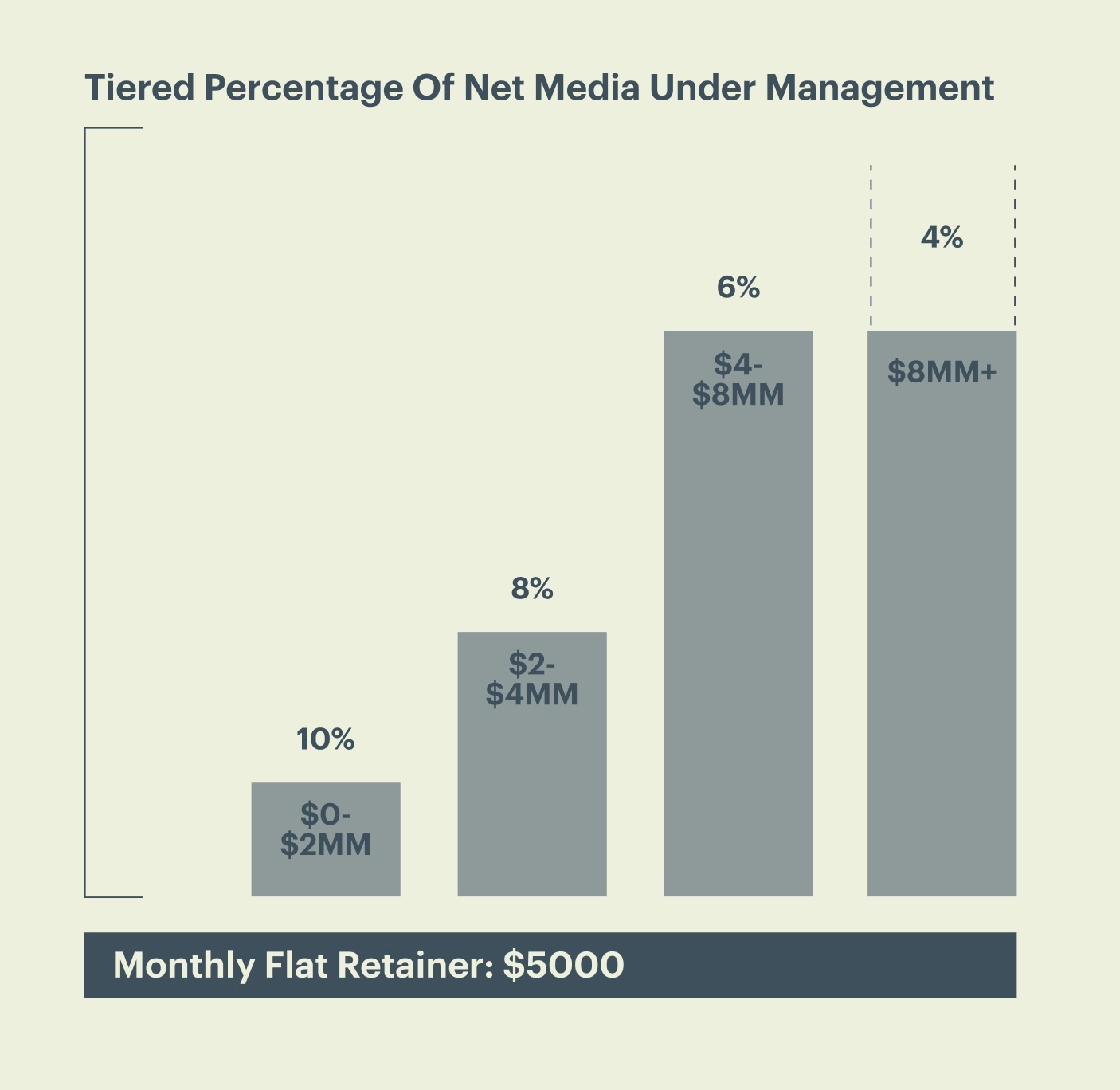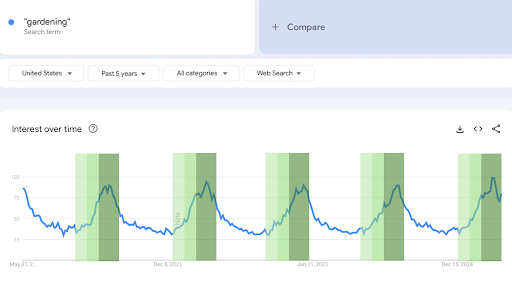Pricing + Scope


Pricing
Planet Propaganda
- For a partnership with Bailey, we recommend a hybrid pricing model – with a monthly retainer covering core strategic and creative services and project-based scopes for campaign activations, seasonal initiatives or new rollouts. This model provides consistency for brand development while preserving the flexibility to align budgets with evolving priorities.
- We render invoices once each month, at the end of the month. Invoices are payable in thirty (30) days, unless otherwise specified in the client/agency agreement.
- With most of our clients, project fees and schedules are agreed upon at the onset of each project and align with the months in which work is completed. That said, we’re open to unique billing arrangements that are mutually beneficial for our businesses.
- We do not mark up any outside production or vendor costs. Every dollar we spend on our client’s behalf is passed through at a net rate. Any cost savings we achieve through our vendor relationships are passed on to the client 100% of the time.
- Planet Propaganda bills at a blended rate of $200 per hour.
Kinetic319
Kinetic319 uses a hybrid commission-based model which combines a small monthly flat retainer plus a tiered percentage of net media budget under management. This percentage of net media budget under management will decrease as budgets increase, as outlined in the table below. This covers media planning, buying, customized performance analytics dashboards and all media management services.
Hybrid Media Compensation:

Scope Recommendations
Together, Planet Propaganda and Kinetic319 would collaborate closely to allocate resources efficiently across the Bailey portfolio. We propose starting with a shared brand discovery, media and analytical audit and planning phase to ensure alignment across creative, media and measurement. From there, we can tailor scopes based on brand maturity, growth potential and seasonal needs – ensuring that each dollar supports both long-term brand building and short-term performance.
Before we make any sort of recommendation to redistribute funds across sub brands, we would want a full understanding on the brand goals, consumer needs, financial realities and category opportunities. We would enter the relationship with respect for your current allocation, but wouldn’t hesitate to make other suggestions if we think we can make the dollars work harder and smarter. Following the approved strategy, creative and media plan, we would make suggestions for how to best bring the idea to life for the greatest impact and results via production efforts.
Campaign Audit
Summary of Findings - Google Ads Audit
- Overall Spend TrendsGoogle Ads spend is down significantly year-over-year across both brands:
- Endless Summer: ~$67,000 less YTD than last year
- First Editions: Down modestly, from ~$57K to ~$49K
- Despite this decrease, average CPCs have actually dropped, indicating media efficiency hasn't declined – suggesting this may be a budget constraint, not a cost-inflation issue
- Media Mix & Channel Use
- Active use of Paid Search, YouTube (non-skippable) and Display across both brands
- Increased investment in non-skippable YouTube ads is a positive move for upper-funnel brand awareness
- Display appears under-leveraged, especially over the last two years TV screen impressions have dropped dramatically (down ~6M impressions YoY), likely due to reduced overall spend
- Account Management & Optimization Frequency
- Change log history shows the accounts are only being touched 2x per month on average
- March: Barely active (1–2 optimizations)
- April: Moderate activity
- May: Minimal again
- This level of activity suggests insufficient optimization cadence, particularly for a multi-brand effort
- Change log history shows the accounts are only being touched 2x per month on average
- Audience Targeting
- Strong thematic alignment in current audiences: gardening, flowers, yard, landscaping, homeowner
- Many audiences show zero or minimal impressions, implying they may be in observation-only mode, not active targeting
- No evidence of custom audiences (e.g., based on website behavior, converters, or competitors)
- No remarketing audiences visible, which is a missed opportunity – especially for YouTube and Display retargeting
- Conversion Tracking & Outcomes
- Primary conversion action across both brands is “Find a Retailer”, which is appropriate and well-aligned
- Use of “Store Visits” tracking is excellent, though store-level granularity would be helpful
- Cost-per-conversion is up to $22, approximately 2x higher than last year – despite lower CPCs, indicating a likely drop in site conversion rate
- Device Performance
- Impression distribution: Mobile > TV screens > Desktop > Tablet
- Conversions skew heavily toward mobile, yet no clear mobile-specific strategy is evident
- With TV screen impressions decreasing and mobile dominating conversions, there’s an opportunity to refine bidding strategies and mobile-first ad design
Media Strategy Analysis
Summary of Findings
Upon review of the provided media flow charts and historical tactical executions across the Bailey portfolio – including First Editions, Endless Summer and Easy Elegance – we identified the following patterns:
- Trade campaigns (retailer, landscaper, grower) are activated early in Q1 and rely heavily on print and endemic trade publications. This approach prioritizes educating channel partners ahead of the peak season, which aligns with traditional funnel logic.
- Consumer campaigns, particularly for First Editions and Endless Summer, are heavily concentrated during peak seasonal interest (March–June). Outside of one early-year print execution, consumer activation is largely absent during the early consideration period.
- Tactical execution across the board is anchored in a mix of print, digital display/video, paid social and search, with limited testing of newer platforms or media types.
This current approach misses several strategic opportunities – most notably in timing, media diversity and testing discipline – to maximize awareness, consideration and conversion both before and during peak seasonal demand.
Strategic Shift: Capturing the Full Consumer Demand Curve
Google Trends data for the search term “gardening” over the past five years reveals a consistent and predictable seasonal demand curve. Interest begins to rise in late December and January, accelerates through February and March and peaks during April through early June.
Historically, Bailey has timed its consumer media campaigns to align primarily with the peak season – activating only during the dark green portion of the cycle. While this ensures visibility at the moment of high demand, it misses critical upper-funnel opportunities to build awareness, inspiration and purchase consideration during the weeks and months when consumers are first planning and researching.
We recommend a strategic shift: begin consumer activation earlier in Q1 in select markets, aligning messaging with early interest and nurturing intent throughout the season. Doing so will allow Bailey brands to:
- Own the inspiration phase when consumers are actively dreaming and planning their gardens.
- Prime consideration well ahead of peak retail moments, so Bailey products are already top-of-mind when consumers arrive in-store or online.
- Strengthen storytelling, SEO content and social engagement by aligning brand messaging with actual search intent and seasonal curiosity.
This is not just about timing – it’s about meeting the consumer where they are in their journey and guiding them through the full lifecycle from curiosity to shopping cart.

High-Level Strategic Recommendations
1. Begin Consumer Awareness Earlier in the Season
Analysis of 5-year Google Trends data for “gardening” confirms that consumer interest begins as early as late December and January. Bailey's current strategy focuses primarily on in-season activation, missing the vital window for awareness and consideration-building.
We recommend a media framework that aligns with the Plant–Grow–Harvest model:
- Plant (Jan–Feb): Light-touch awareness and inspiration
- Grow (Mar–Apr): Deepen consideration and drive store intent
- Harvest (May–June): Capitalize on conversions with heavier budget allocations budget allocations
This phased approach ensures Bailey brands are top-of-mind before peak season begins.
2. Expand Trade Media Tactics Beyond Print
Trade outreach today is over-reliant on traditional print. We recommend exploring:
- Digital trade video
- Targeted audio ads
- Support for key trade shows
- Custom content or sponsored editorial
- Interviews and audience research to refine how tradespeople actually consume media
This diversification will better reach modern trade audiences and strengthen their role as downstream brand advocates.
3. Test More Modern Consumer Platforms and Formats
To align with how today's consumers are discovering and sharing gardening inspiration, we propose a wider media mix that includes:
- Pinterest (currently at play)
- TikTok (especially for visual-first brands like Endless Summer)
- Influencer marketing with paid amplification
- Cluep or similar programmatic vendors using social listening for hyper-relevant targeting
- Digital OOH and high-impact placements timed with peak local foot traffic – coming from the back of the successful Time Square execution!
These tactics can supplement core buys and introduce new touchpoints at key seasonal moments.
4. Pilot Retail Media to Support In-Store Sales
With a growing interest in DTC and big-box partnerships, Bailey should begin testing retail media placements on:
- Lowe’s One Roof Media Network
- Home Depot’s Orange Apron Media Network
These platforms allow Bailey brands to secure sponsored placements within search and app environments, directly influencing buyers already in-market.
5. Use Off-Season as a Low-Risk Testing Sandbox
The July–December period presents an ideal window for cost-efficient testing. We recommend allocating a small percentage of the annual budget during this low-demand season to:
- Trial emerging platforms and vendors
- Collect performance insights
- Optimize for scale before Spring campaigns launch
This proactive approach to learning will give Bailey a data-informed runway going into high season and reduce risk in scaled executions.
Our Approach: Always Be Moving
At Kinetic319, we believe in continuous refinement. Our recommendations are not about blowing up what's working – but about evolving Bailey’s media strategy to match the modern consumer’s mindset, leveraging data and creativity to drive results both in-store and online. Together, we’ll build a seasonal engine that works smarter, starts earlier and drives growth across every brand in the Bailey portfolio.
SEO
Elevating Visibility Through Integrated SEO Strategy
An Essential Growth Lever for Bailey Nurseries
While not explicitly outlined in the RFP, we believe Search Engine Optimization (SEO) represents a critical opportunity for Bailey Nurseries – particularly as organic discovery, AI-driven search experiences and paid media increasingly overlap. At Kinetic319, we view SEO not as a separate discipline, but as an integral part of how modern brands show up across the full funnel.
In today’s ecosystem, platforms like Google, Meta and Amazon aren’t just advertising platforms – they’re answer engines. Consumer questions about care instructions, bloom times, sustainability practices or even the emotional value of certain plants are happening every day across search and voice AI. Whether customers are researching garden trends, comparing varietals or trying to find a local nursery, these are high-intent moments Bailey should own.
Kinetic319 brings a performance-minded, content-led approach to SEO that aligns tightly with the way people actually shop, search and think. For Bailey Nurseries, this means:
- Keyword and intent mapping that reflects both trade and consumer audiences – ensuring Bailey (and sub-brands) appears in relevant searches across B2B buyers, retail partners and passionate home gardeners.
- On-site optimization of brand and product content to enhance indexability, answer core questions and support navigation across both desktop and mobile experiences.
- Content strategy and development that balances brand storytelling with high-value, evergreen education — supporting brand equity while also earning organic traffic over time.
- Local SEO for IGCs and partners, making it easier for customers to discover Bailey varieties in their region and drive foot traffic to key retail locations.
- Technical audits and clean-up, including fixing broken links, ensuring page speed optimization and aligning taxonomy/site structure with category-level search behavior.
Most importantly, we marry our SEO strategy with media activation and analytics, so we can measure how organic efforts are contributing to site performance, downstream sales and channel lift. And with the increasing prevalence of AI-generated answers (like Google's Search Generative Experience), we also help clients optimize content for Answer Engine Optimization (AEO) – a future-forward way to ensure Bailey is not just found, but quoted as the authoritative source.
Our SEO services are not templated or siloed – they’re tightly interwoven into our broader strategy. For Bailey, this means every media campaign, content rollout and analytics model benefits from a fully optimized digital foundation. In a landscape where paid and organic are merging, this is not a “nice to have” – it’s the difference between leading the category and being buried beneath it.